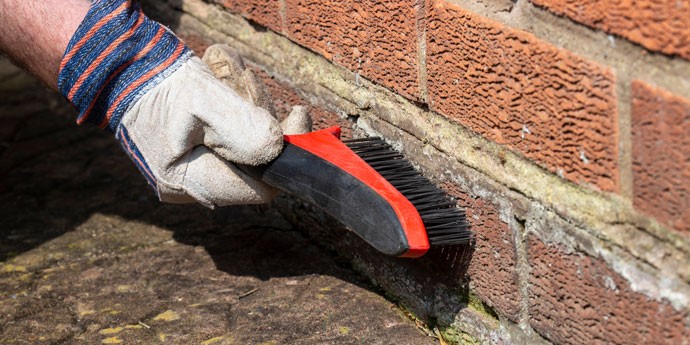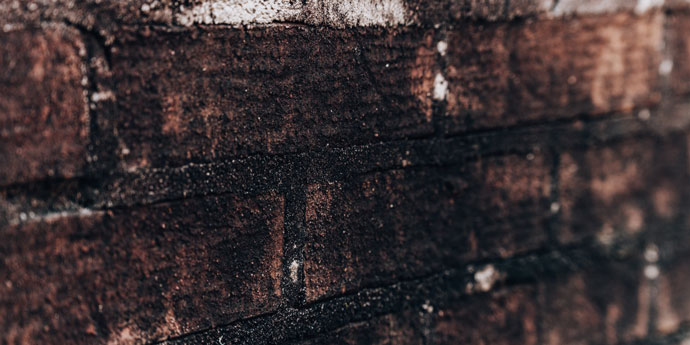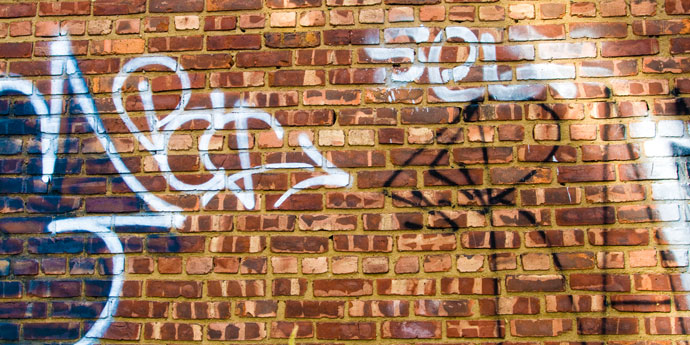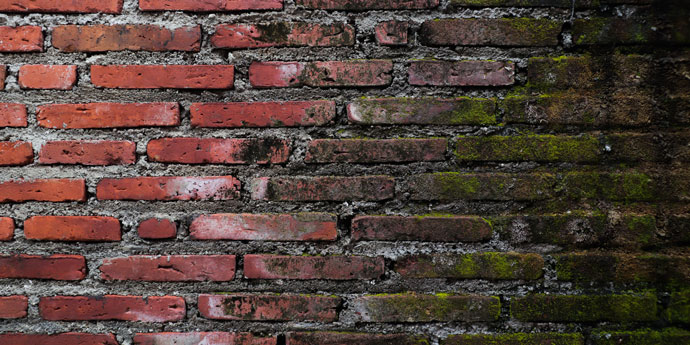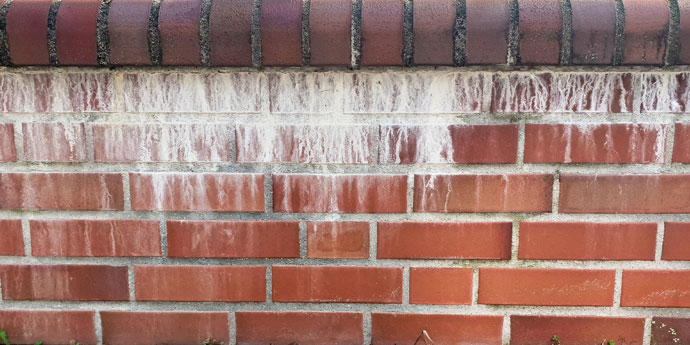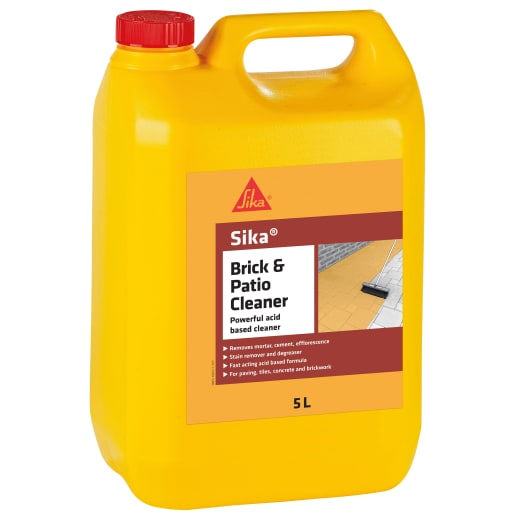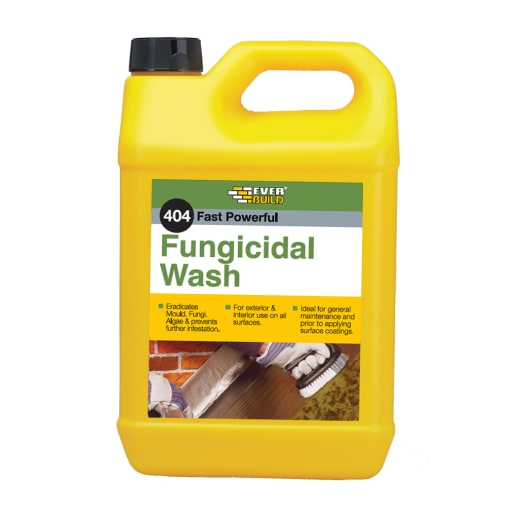Handy guide: How to clean brickwork
There is no single best way to clean brickwork. The techniques and methods of cleaning must be determined on a case-by-case basis, depending on the reason cleaning is required. You’ll also need to consider where the brickwork is. Do you need to clean exterior brick walls, interior brickwork, brick pavements, or another type? Some techniques, such as pressure washing might be suitable for outdoor brick cleaning but isn’t suitable for indoors.
